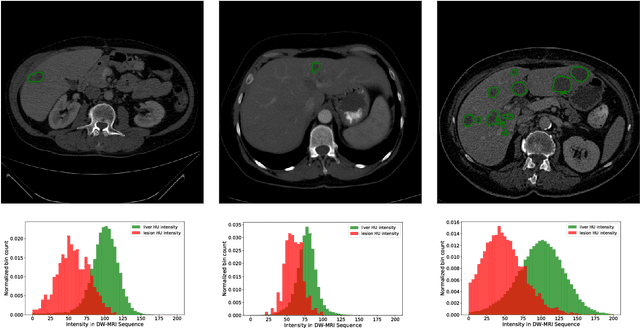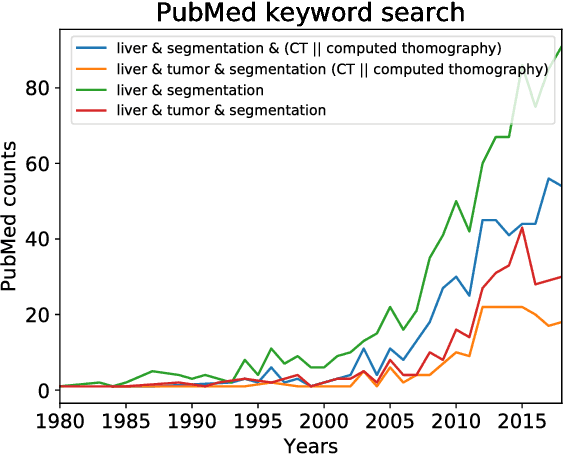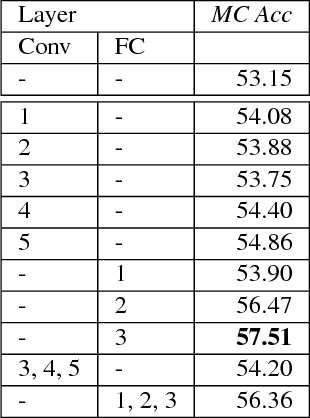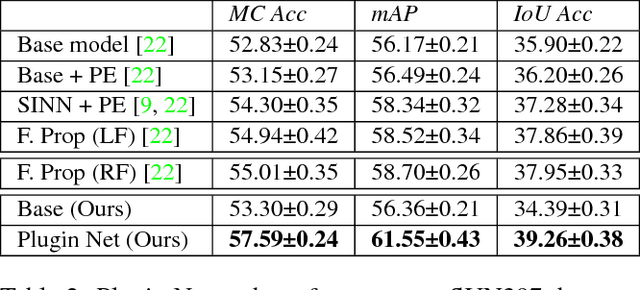Tomasz Konopczynski
The Liver Tumor Segmentation Benchmark (LiTS)
Jan 13, 2019



Abstract:In this work, we report the set-up and results of the Liver Tumor Segmentation Benchmark (LITS) organized in conjunction with the IEEE International Symposium on Biomedical Imaging (ISBI) 2016 and International Conference On Medical Image Computing Computer Assisted Intervention (MICCAI) 2017. Twenty four valid state-of-the-art liver and liver tumor segmentation algorithms were applied to a set of 131 computed tomography (CT) volumes with different types of tumor contrast levels (hyper-/hypo-intense), abnormalities in tissues (metastasectomie) size and varying amount of lesions. The submitted algorithms have been tested on 70 undisclosed volumes. The dataset is created in collaboration with seven hospitals and research institutions and manually reviewed by independent three radiologists. We found that not a single algorithm performed best for liver and tumors. The best liver segmentation algorithm achieved a Dice score of 0.96(MICCAI) whereas for tumor segmentation the best algorithm evaluated at 0.67(ISBI) and 0.70(MICCAI). The LITS image data and manual annotations continue to be publicly available through an online evaluation system as an ongoing benchmarking resource.
Plugin Networks for Inference under Partial Evidence
Jan 02, 2019



Abstract:In this paper, we propose a novel method to incorporate partial evidence in the inference of deep convolutional neural networks. Contrary to the existing methods, which either iteratively modify the input of the network or exploit external label taxonomy to take partial evidence into account, we add separate network modules to the intermediate layers of a pre-trained convolutional network. The goal of those modules is to incorporate additional signal - information about known labels - into the inference procedure and adjust the predicted outputs accordingly. Since the attached "Plugin Networks", have a simple structure consisting of only fully connected layers, we drastically reduce the computational cost of training and inference. At the same time, the proposed architecture allows to propagate the information about known labels directly to the intermediate layers that are trained to intrinsically model correlations between the labels. Extensive evaluation of the proposed method confirms that our Plugin Networks outperform the state-of-the-art in a variety of tasks, including scene categorization and multi-label image annotation.
 Add to Chrome
Add to Chrome Add to Firefox
Add to Firefox Add to Edge
Add to Edge